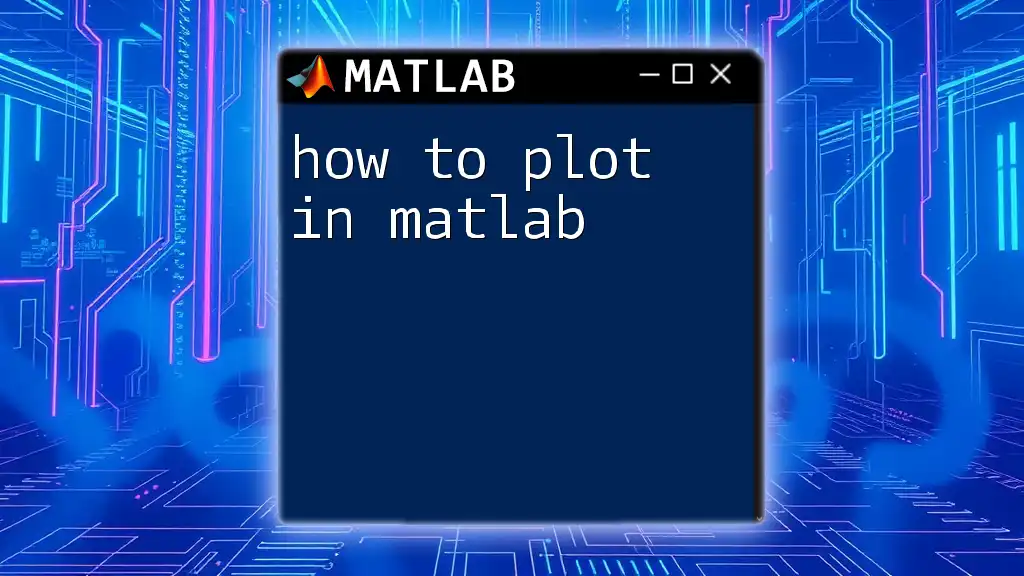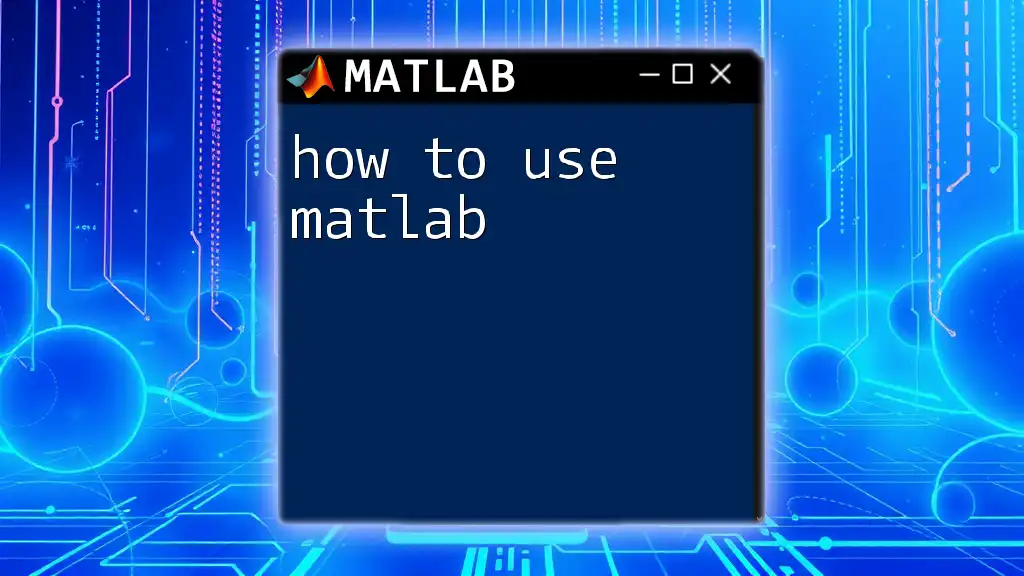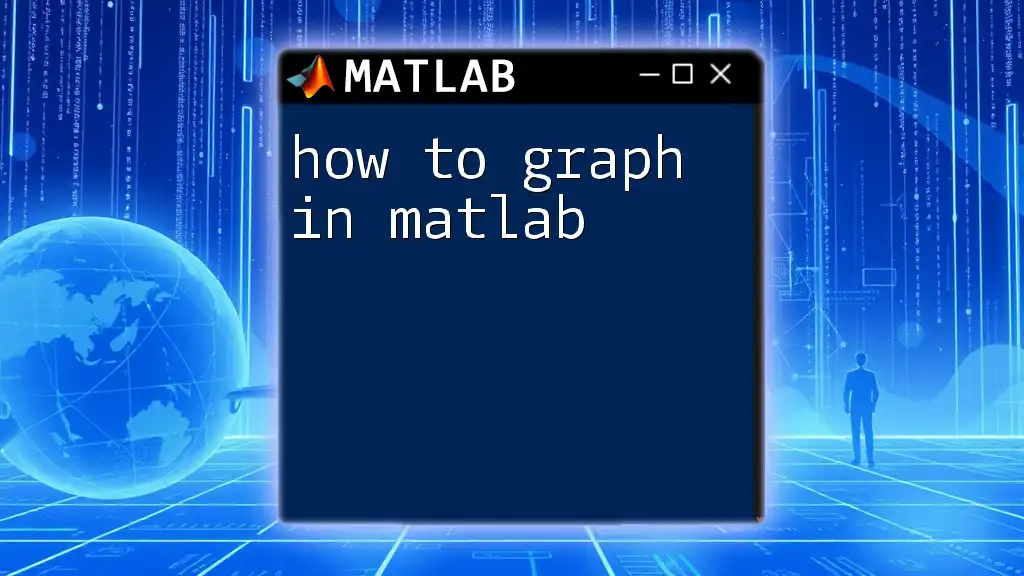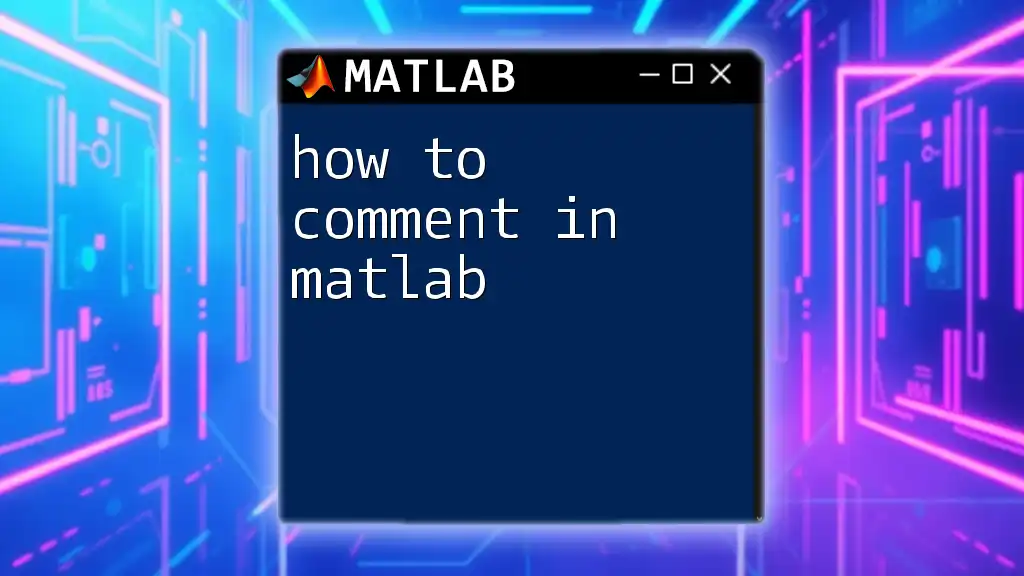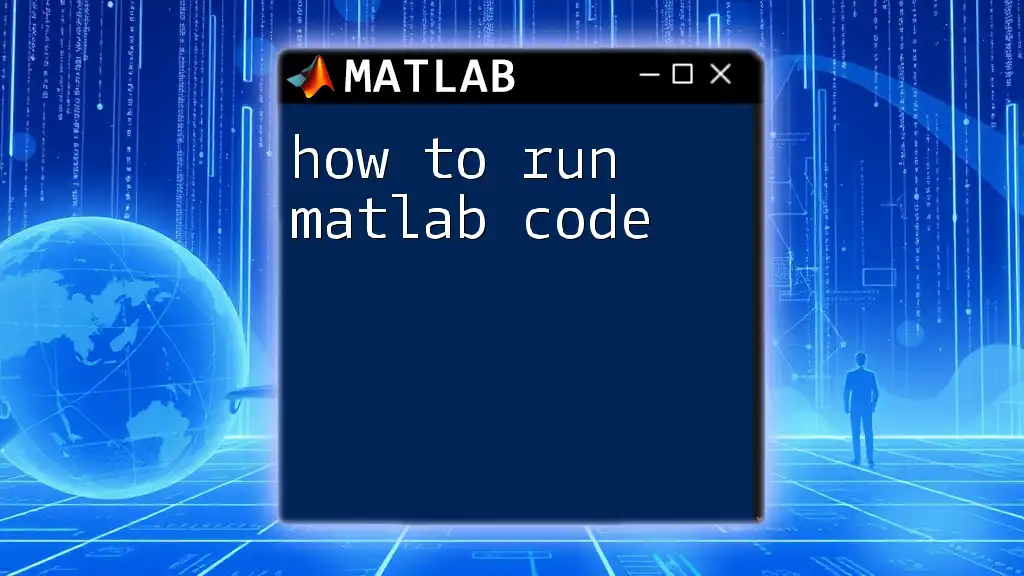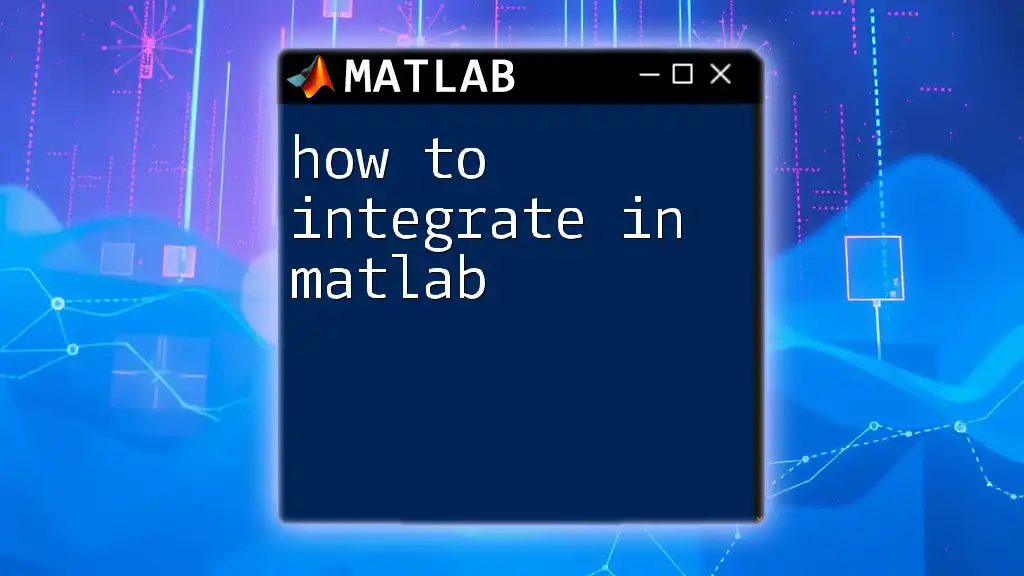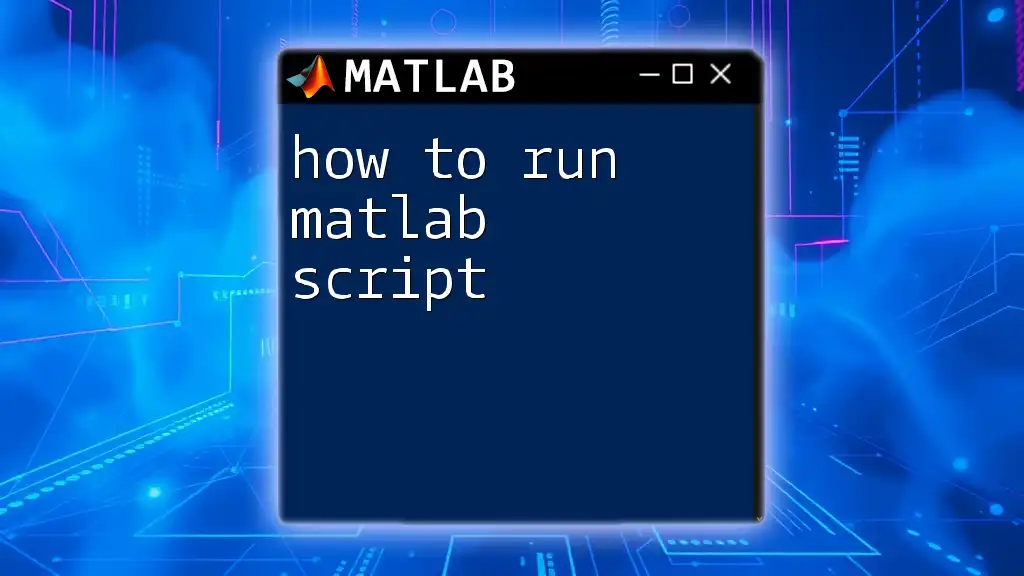To run code in MATLAB, you can simply type your commands in the Command Window or create a script file with a `.m` extension and execute it by typing its name without the `.m` extension.
Here’s a basic example of a MATLAB script that calculates the square of numbers from 1 to 5:
for i = 1:5
disp(i^2)
end
Understanding the MATLAB Environment
The MATLAB Interface
MATLAB provides a user-friendly interface that consists of several key elements:
- Command Window: This is the main area where you can type and execute commands directly. It's ideal for quick calculations and testing small snippets of code.
- Workspace: The workspace displays all the variables you have created in your current session, allowing you to keep track of your data and its current values.
- Editor: The editor is where you can write scripts and functions. It offers features like syntax highlighting and debugging tools, making it easier to develop larger pieces of code.
Setting Up MATLAB
Before you start coding, ensure MATLAB is correctly installed on your machine. Visit the official MathWorks website to download and install the software. Pay attention to basic settings and preferences during the initial setup, as these can streamline your coding experience and increase efficiency.

Writing and Running Code in MATLAB
Direct Code Entry in the Command Window
One of the most straightforward ways to run code in MATLAB is to type commands directly into the Command Window. This method is particularly useful for simple calculations or testing commands without the need for script files.
To illustrate, consider performing basic arithmetic operations:
a = 5;
b = 10;
c = a + b; % Result: 15
In this example, you are storing values into variables `a` and `b` and then calculating their sum, which is stored in `c`. The result is displayed immediately in the Command Window.
Creating and Running Scripts
What is a Script?
A script in MATLAB is essentially a file that contains a series of MATLAB commands. Scripts allow you to save your commands for future use, making it easier to run multi-step calculations or algorithms repeatedly without retyping the commands each time.
Steps to Create a Script
- Open the Editor in MATLAB by clicking on "New Script" in the toolbar.
- Write your desired code. Here is an example script that calculates the area of a circle:
% Example script: Calculate the area of a circle
radius = 5;
area = pi * radius^2;
disp(['Area of the circle: ', num2str(area)]);
- Save the script with a `.m` file extension, for example, `circle_area.m`.
Running a Script
You can run your script in two primary ways:
- From the Editor: Click the "Run" button, which executes the entire script.
- From the Command Window: Use the `run` command followed by the script name:
run('circle_area.m')
When executed, the script will calculate and display the area of the circle as intended.
Using Functions in MATLAB
What are Functions?
Functions are similar to scripts, but they are designed to accept inputs and provide outputs. They encapsulate code, making it reusable and modular. By organizing your code into functions, you can easily test and maintain it.
Creating and Running a Function
Here’s how you can create a function to calculate the factorial of a number:
function result = factorial(n)
if n == 0
result = 1;
else
result = n * factorial(n - 1);
end
end
This function uses recursion to compute the factorial. To call this function from the Command Window, you would simply enter:
f = factorial(5); % Result: 120
The function will return `120`, demonstrating how to effectively create and run functions in MATLAB.
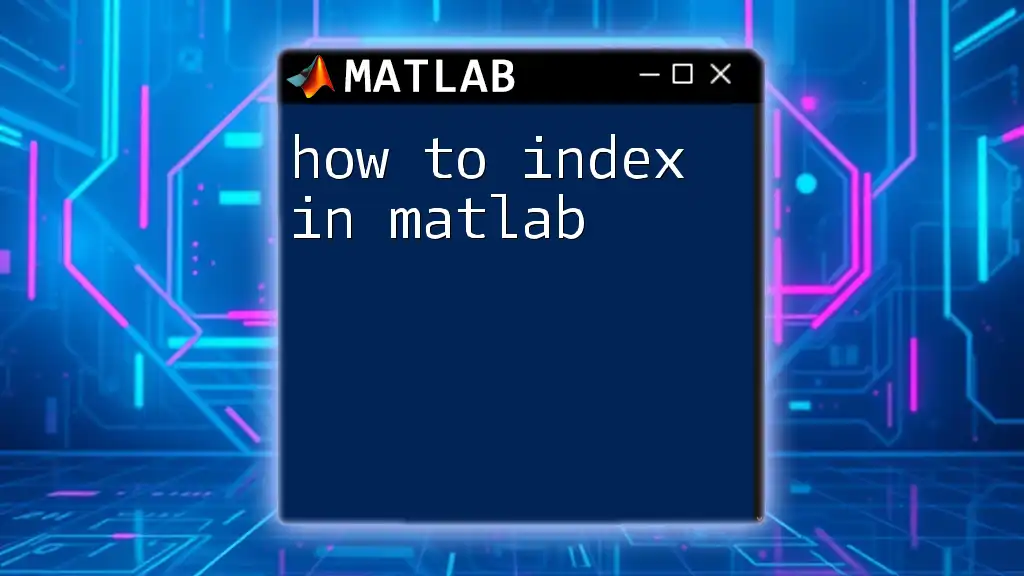
Debugging and Error Handling
Common Errors in MATLAB
As you work with MATLAB code, you may encounter errors. Understanding the difference between syntax errors (issues with code structure) and runtime errors (problems that occur during execution) is essential. MATLAB will provide explicit error messages that guide you toward fixing the issue.
Debugging Tools
MATLAB includes several powerful debugging tools:
- Breakpoints: Set breakpoints in your code within the Editor. When you run the script, execution will pause at the breakpoint, allowing you to inspect variables and step through your code line by line.
- The `dbstop` command can be used to set breakpoints programmatically, further enhancing debugging capabilities.
For example, if you have a script with a syntax error, fixing it involves checking the error message and identifying the mistake.
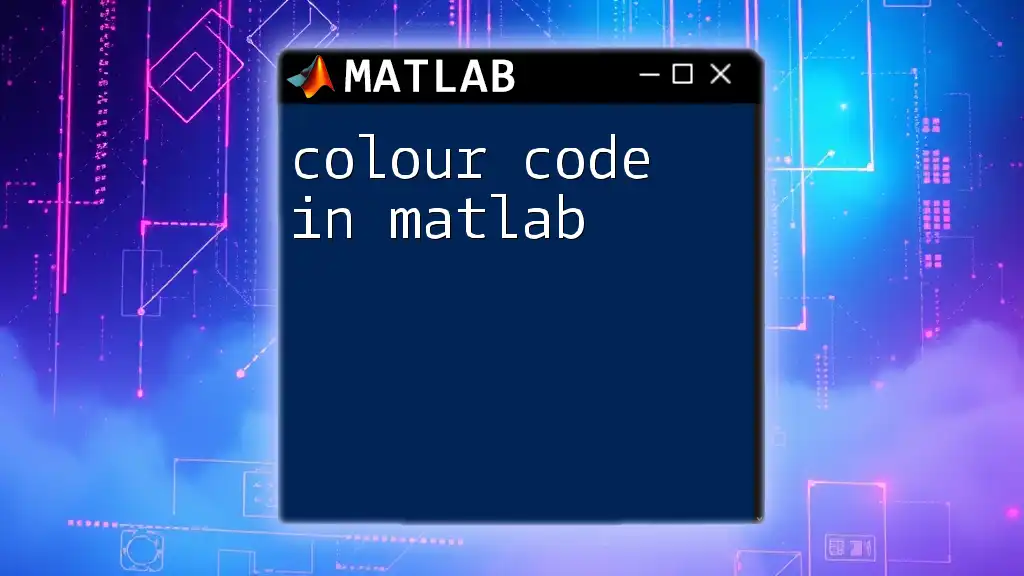
Best Practices for Running Code in MATLAB
Commenting Your Code
Including comments in your code is crucial for clarity. It helps others (and future you) understand the logic behind your commands. Properly commenting your code makes it easier to troubleshoot and modify it later.
% This line calculates the square of a number
square = num^2;
This small addition enhances the readability and maintainability of your code.
Organizing Your Workspace
Maintain a tidy workspace by organizing your scripts and functions into folders that are easy to navigate. Additionally, using meaningful naming conventions for scripts and functions aids in quick identification of your code’s purpose.
Version Control
Implementing version control for your MATLAB projects is highly recommended. It allows you to track changes, revert to previous versions, and collaborate effectively with others. Many developers use tools like Git for version control, even in MATLAB environments.

Conclusion
In summary, understanding how to run code in MATLAB is fundamental to getting the most out of this powerful software. Familiarize yourself with the various components of the MATLAB environment, learn how to write and execute scripts and functions, and employ best practices for coding and debugging. Armed with this knowledge, you’re ready to tackle more complex projects and become proficient in MATLAB programming.

Additional Resources
To further enhance your skills, refer to the official MATLAB documentation and explore recommended books or online courses. Participating in community forums can also provide additional insights and support as you navigate your journey in MATLAB programming.







